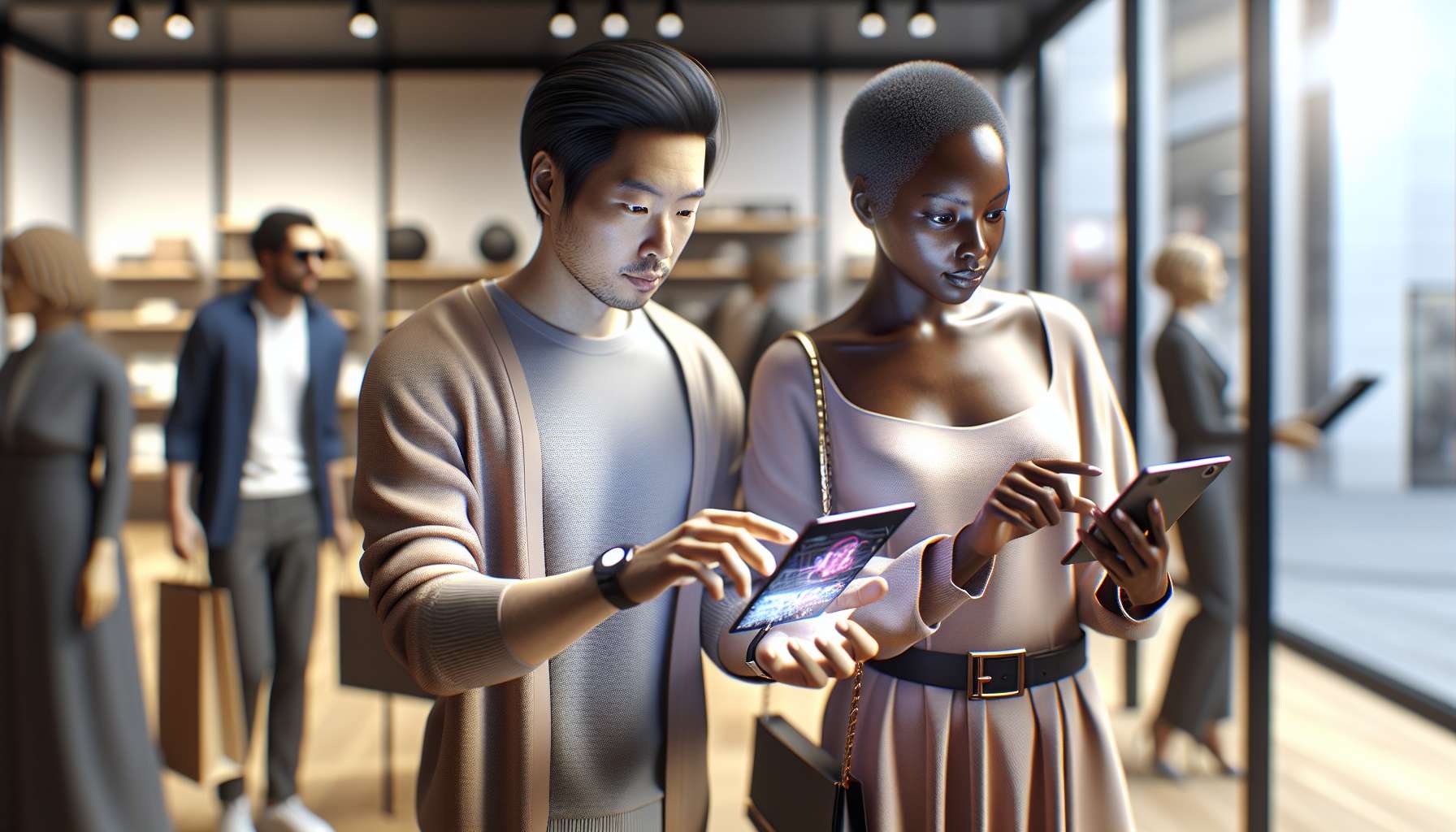Enhancing Retail Experiences with Augmented Reality
As technology continues to evolve, so does the way we shop. Augmented Reality (AR) is revolutionizing the retail industry, both online and offline, by providing immersive and interactive experiences for customers. In this article, we will explore how AR is shaping the future of retail and the exciting possibilities it brings.
Bringing Products to Life
One of the key advantages of AR in retail is its ability to bring products to life in a virtual environment. With AR, customers can visualize how a piece of furniture would look in their living room or try on virtual clothes without stepping foot in a physical store. This not only enhances the shopping experience but also reduces the risk of making the wrong purchase decision.
Imagine being able to see how a new sofa would fit in your living room, adjusting its size and color to match your existing decor. AR allows customers to do just that, providing a realistic and personalized shopping experience from the comfort of their own homes.
Creating Interactive In-Store Experiences
AR is not limited to online shopping; it also has the power to transform the in-store experience. Retailers can use AR to create interactive displays and engage customers in new and exciting ways. For example, a clothing store could use AR mirrors that allow customers to virtually try on different outfits, eliminating the need for changing rooms.
AR can also be used to provide additional information about products. By simply pointing their smartphones at a product, customers can access detailed specifications, customer reviews, and even see how the item is made. This not only empowers customers with knowledge but also helps build trust and transparency between retailers and consumers.
Improving Customer Engagement and Conversion Rates
AR has the potential to significantly improve customer engagement and conversion rates for retailers. By offering unique and immersive experiences, retailers can capture the attention of customers and keep them engaged for longer periods of time. This increased engagement can lead to higher conversion rates and ultimately, increased sales.
For example, a cosmetics brand could use AR to allow customers to virtually try on different shades of lipstick or eyeshadow. By providing a fun and interactive experience, customers are more likely to make a purchase and share their experience with others, further expanding the brand’s reach.
The Future of AR in Retail
The future of AR in retail looks promising. As technology continues to advance, we can expect even more innovative applications of AR in the industry. For instance, retailers could use AR to create personalized shopping experiences based on individual preferences and past purchase history.
Furthermore, AR can also help bridge the gap between online and offline retail. By integrating AR into e-commerce platforms, customers can have a seamless shopping experience, with the ability to virtually try on products before making a purchase. This not only enhances customer satisfaction but also reduces the likelihood of returns.
Conclusion
Augmented Reality is revolutionizing the retail industry by providing immersive and interactive experiences for customers, both online and offline. From visualizing products in a virtual environment to creating interactive in-store displays, AR has the power to enhance the shopping experience and drive sales. As technology continues to advance, we can expect even more exciting applications of AR in the future. So, embrace the possibilities of AR in retail and stay ahead of the curve!





